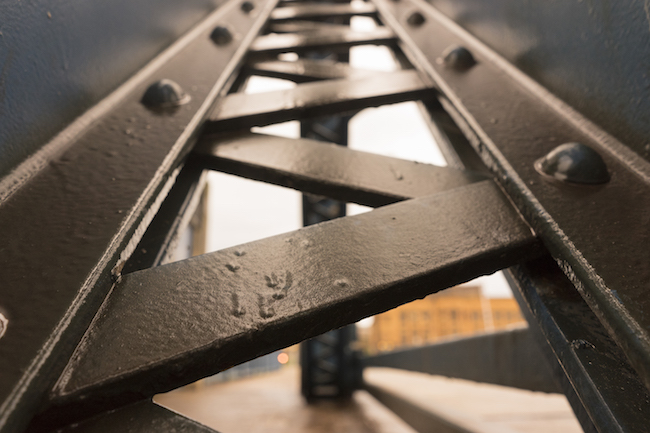
Construction industry to feel some of the heat from hefty U.S. tariffs on steel, aluminum
By Ross Marowits, The Canadian Press
Construction Construction MaterialsThe Trump administration's tough stance on trade is ratcheting up tensions between Ottawa and Washington

The Canadian Construction Association said the tariffs will harm the Canadian construction industry and its workers. PHOTO: Getty Images
Businesses as well as regular consumers on both sides of the border could be caught in the middle of a trade war as suppliers hike prices to offset the impact of billions of dollars worth of reciprocal tariffs announced by the United States and Canadian governments.
The federal government announced May 31 that it would impose some $16.6 billion in dollar-for-dollar counter-tariffs on a wide variety of United States goods—everything from whiskey to sleeping bags to quiche—that will take effect on Canada Day.
“This is the strongest trade action Canada has taken in the post-war era,” Foreign Affairs Minister Chrystia Freeland told a news conference Thursday.
The swift Canadian response came hours after U.S. Commerce Secretary Wilbur Ross said exemptions for Canada, Mexico and Europe from import duties of 25 per cent on steel and 10 per cent on aluminum will expire Friday, as scheduled.
The tariffs from both countries are not conducive to a good trade environment, Bank of Canada deputy governor Sylvain Leduc told reporters after a speech in Quebec City.
“This is a risk that we’ve highlighted in our monetary policy report in the past, the risk of protectionism and the fear of the tit-for-tat responses,” he said.
But figuring out who is worse off could be complicated given the level of integration between the two economies.
Canada and the U.S. are closely integrated trading partners and Thursday’s moves could hamstring a number of industries. Construction is certain to feel the impact of the tariffs, but is likely better off than other sectors such as the auto industry, where supply chains are highly interconnected and goods pass back and forth across the border several times before they are finished.
“Because of the deep integration of manufacturing supply chains, the tariffs will drive prices up for all consumers,” said Dennis Darby, president of the Canadian Manufacturers & Exporters.
Steel and aluminum, for instance, are used in so many industries that tariffs will boost input costs in sectors from food and beverage manufacturing to aerospace, and producers will likely try to pass along the tariffs to consumers in the form of higher prices.
The United States used 5.5 million tonnes of aluminum last year, largely imported from Canada, but only produced about 700,000 tonnes domestically.
It’s from steel, however, that the construction industry will be feeling the heat.
“Construction, autos and machinery manufacturing comprise 80 per cent of total domestic steel consumption and their input costs would rise. With costs going up, jobs and prices would take a hit,” said Michael Burt, the Conference Board of Canada’s executive director of industrial economic trends.
The Canadian Construction Association called the tariffs “unacceptable,” adding that they will harm the construction industry and its workers.
“A trade war will have a negative effect on citizens on both sides of the border, but CCA is pleased that the Canadian government has taken prompt and decisive action to defend our industry and its workers,” Mary Van Buren, the association’s president, said in a statement.
Despite hitting numerous industries the overall impact of the tariffs will likely be limited. TD senior economists said in a note the fallout for the Canadian economy would be “small,” only affecting 0.8 per cent of annual output. Nevertheless, they warned that the imposition of the tariffs “dents confidence,” and could result in the delay or cancellation of new investment in the countries affected and might increase consumer price inflation.
“The probability of a cold trade war turning hot has now risen, but still remains a worst case scenario.”
—With files from Armina Ligaya and Tara Deschamps of the Canadian Press as well as On-Site Staff




